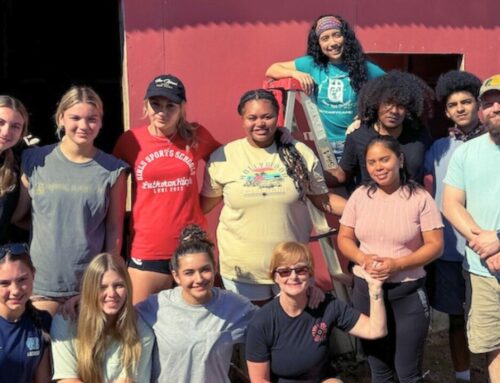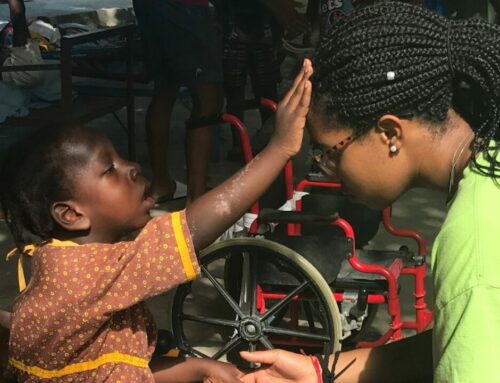In the dynamic landscape of missions, we often encounter lofty terms like “contextualization” that can seem daunting or complex. But at its core, contextualization is simply about understanding the context in which we share the timeless truths of the gospel. In fact, the Apostle Paul himself provided a poignant illustration of this principle in 1 Corinthians 9:22 when he declared, “I have become all things to all people so that by all possible means I might save some.”
So, What Exactly is Contextualization?
At its essence, contextualization is about bridging the gap between the unchanging message of the gospel and the ever-shifting contexts of culture and geography. It’s about presenting the truth in a way that resonates with the hearts and minds of those we seek to reach.
To grasp the depth of Paul’s words, let’s dive into the context of his message. In 1 Corinthians 9:19-23, he articulated his approach: “Though I am free and belong to no one, I have made myself a slave to everyone, to win as many as possible… I have become all things to all people so that by all possible means I might save some.”
Paul’s strategy was clear: to adapt his presentation of the gospel to meet people where they were. Whether engaging with Jews, Gentiles, or those without the law, his goal remained constant: to share the message of salvation in a way that was relevant and accessible to each audience.
But Let’s Be Clear About What Contextualization Is Not.
Contextualizing is not about altering the gospel itself. The truth of the gospel remains steadfast and unchanging, regardless of the cultural context in which it is shared. Contextualization is presenting the ever-true gospel in a way that is sensitive to how cultures might receive it. However, contextualization DOES NOT mean changing the gospel at all.
So Why is Contextualization Important?
Contextualization allows us to effectively communicate the unchanging truth of the gospel within the ever-changing contexts of our world. By understanding and respecting cultural nuances, we can build bridges of understanding that lead to genuine transformation.
How Do We Put Contextualization Into Practice on our Mission Trips?
How we deliver the gospel to those in Northern Ireland is different from how we approach evangelism in Guatemala. And our evangelism in Guatemala is different from how we serve in Haiti.
Each destination presents its own unique cultural tapestry, and our approach to evangelism reflects this diversity. By adapting our methods to suit the context in which we find ourselves, we strive to share the love of Christ in a way that transcends cultural barriers and speaks directly to the hearts of those we encounter.
We aim to follow in the footsteps of Paul as we seek to become all things to all people for the sake of the gospel.





